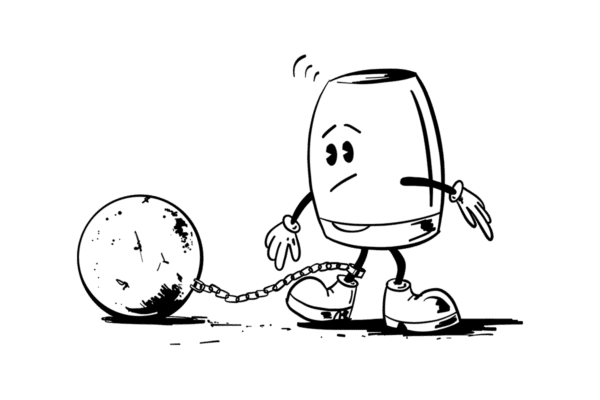Is $162 worth a few minutes of your time? Most Kiwis would say yes for sure. So why aren’t more of us shopping around for a better power deal?
According to the Electricity Authority (EA), last year the average eligible Kiwi household could have saved $162 by switching to a cheaper power deal – and some much more.

However, they also say there are quite a few misconceptions out there that put people off from shopping around. Below are their top three myths about switching power companies – busted for you:
Myth 1
It’s too hard to switch
Switching power providers is actually very straightforward, in fact – “90% of New Zealanders who have switched, found it to be an easy process,” says the EA.
When we started up Electric Kiwi, we wanted to make it as easy as possible for people to switch. As a first step, you can directly compare your latest bill with Electric Kiwi’s prices using our Bill Compare tool.
If you like what you see, go to Join to fill in a few more details and that’s all you need to do – we contact your current provider for you to let them know you’re leaving.
There are also two independent websites you can use to shop around. Firstly, the EA-run www.whatsmynumber.org.nz lets you know your potential annual savings. This directs you on to www.powerswitch.org.nz which compares companies and plans.
Myth 2
I haven’t heard of some of these new electricity retailers, so they might not be as good
The EA says, “Your choice of electricity retailer makes no difference to the reliability of your electricity supply. “The reliability of your electricity supply depends on the performance of your local distribution company and Transpower (who operate the national electricity grid). So, no matter which electricity retailer you choose the reliability of your supply will be the same.
Myth 3
If I switch providers, my power could be cut off during the process
Rest assured on this one. Explains the EA, “When switching providers, the only thing that changes is the provider that is billing you. Best of all, your new retailer takes care of the switching process.”














